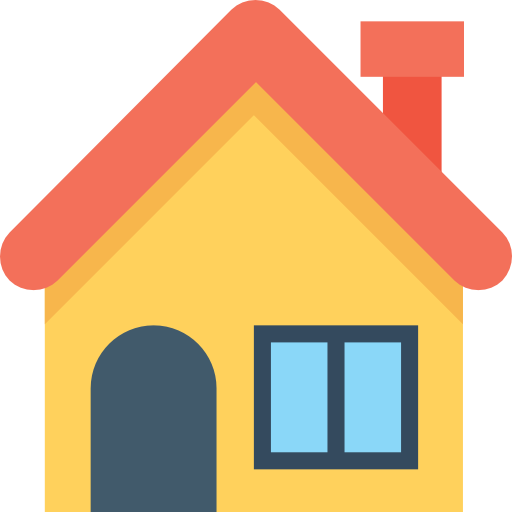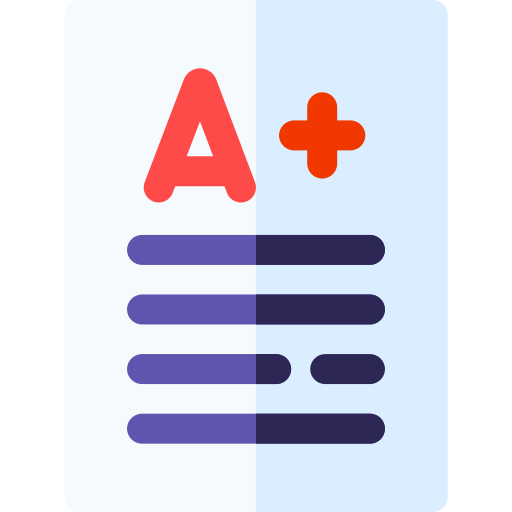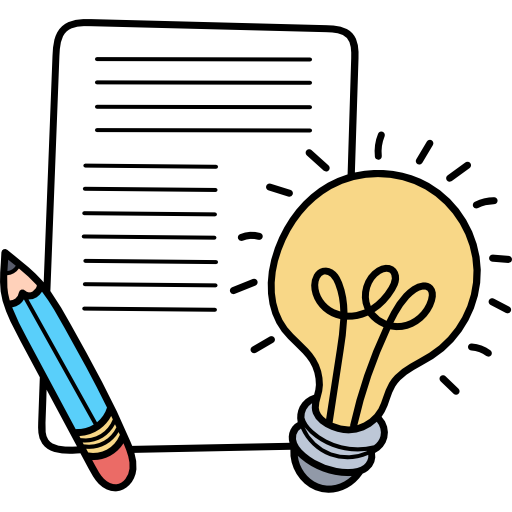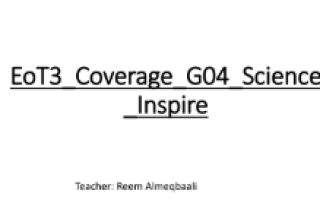نموذج تدريبي هيكل امتحان العلوم الصف الرابع Inspire الفصل الثالث
Questions
1) What are the basic needs of plants
Water, sunlight, air, space, and nutrients
What is the gas that the plant needs to make food
Carbon dioxide
What is the gas that the plant needs to break down food
Oxygen
Which structure in plant allows the sunlight and carbon dioxide to enter to the plant ? Stomata on leaves
How plants get energy ? They make their own food
(plant parts )
Most plants have roots, stems, and leaves. These parts. or structures, help the plant meet its needs and carry out life functions
Roots
Plant roots take in water and dissolved nutrients from the soil. Roots also hold the plant in place. Some roots store the plant has made
Stem
The stem supports the plant. It is also part of a plant's transport system There are two types of stems: soft stems and woody stems. Soft stems are green and are flexible. Woody stems are hard and are often covered in bark. Tree trunks are examples of woody stems
Stems also allow materials to move inside the plant through a system of tubes. The in the stems carry water and dissolved nutrients
Questions
Which part of the plant that takes in water and nutrients ? Roots
Which part of the plant supports the plant and transport water and nutrients ? Stem
Which part of the plant captures the light and exchange the gases ? Leaves
Which part of the plant allow it to take carbon dioxide and sunlight ? Leaves
*Maybe they will be asked to write one function for each part of the plant
Page 14 (plant reproduction *less )
Plant Reproduction
Plants have many structures that are used for reproduction. Some of the structures are flowers, cones, seeds. and fruits
Flowers
Most flowers contain male and female parts. The stamen is the male part. It contains the anther, where pollen is produced. The pistil is the female part. It contains the ovary, where egg cells are produced. Insects. birds. and wind help move pollen. Fertilization occurs once the content inside the pollen joins the egg cells inside
Although flowers •
: come in different colors and shapes. they all contain the same structures used in reproduction the ovary. Seeds develop after fertilization
Cones
Some seed plants reproduce with cones. These plants usually produce both male and female cones. The male cones produce pollen that is released into the wind The female cones produce a sticky liquid that captures the pollen. Fertilization occurs in the female cone
(Questions (flowers
1) What are the reproduction parts of plants
Flower, cones, seeds, and fruit
2) What is the male part of the flower
Stamen that contains the anther where pollen are produced
3) Which is the female part of the flower
Pistil that contains the where eggs are produced ovary
What takes the pollen from the anther to the ovary
Insects, birds, and winds
5) What is fertilization
When the content of the pollen joins the egg
Questions (Structural adaptations)
1) What is structural adaptation
Changes in the physical features of an organism to help them survive and reproduce
What are the examples of structural adaptations
Fur color, long limbs, strong jaws, and fast running
3) What is camouflage
Any coloring or shaping that allow the plant to blend with it environment
3) What is mimicry
Resemblance of another animal or object
Page 35 (behavioral adaptations)
Behavioral Adaptations
Animals Survive to learn more An adjustment in an organism's behavior is a behavioral about what helps animals adaptation. For example, many animals travel in herds stay alive
for protection from predators. Others, such as wolves, hunt in packs to capture larger prey
Many animals— such as birds, butterflies, and fish— migrate. Migration is the movement of animals from one place to another Animals migrate to find food, reproduce in better conditions, or find a less severe climate
Some animals endure cold winters by hibernating Hibernation is a period of inactivity during cold weather
During this time, animals remain inactive until warmer temperatures return in spring. Grizzly bears prepare for hibernation around November. They will not eat. drink or eliminate bodily wastes during hibernation, which lasts approximately five months
Questions (behavioral adaptations)
1) What is behavioral adaptation
An adjustment in organism's behavior
What are the examples of behavioral adaptations
Travel in herds to protect themselves from predators
3) What is migration (W)
Movement of animals from one place to another to find fooc reproduce, or less severe climate
3) What is hibernating
Period of inactivity during cold weather
Questions (sensory organs)
1) What are the sensory organs
Eyes, ears, nose, tongue, and skin
2) What is the function of sensory organs
Gather information from outside the body
3) What are the five senses
Sight, hearing, smell, taste, and touch
Colossal squids: big eyes that allow them to see in dark
Elephants: big ears to communicate with far elephants antennae to leave a scent after finding food
Ants: Butterflies: use their feet to taste leaves (other animals senses)
Page 63
Other Animal Senses
Some animals have senses that humans do not have. Pit vipers and some other snakes have sensory organs that detect infrared light given off by their warm-blooded prey. The light enters a small pit organ, which is located between the snake's eye and nostril. A heat-sensitive part in the organ sends a message to the brain. and the snake strikes
The duck- billed platypus uses its bill to detect weak electrical fields put out by animals as they move. The bill can also detect movement in the water. The platypus uses this information to quickly locate its prey
Some bats use echoes to help them navigate and locate prey Echolocation iS the process of finding an Object by using reflected sound or echoes. These bats send out a high-pitched sound. This sound hits the prey and bounces back to the bat The bat then interprets this echo to judge the direction and distance of its prey. Some whales and dolphins use echolocation to gather information from their environmen
(Questions (the nervous system 3
1) What is the nervous system
Set of organs that uses information from the senses to control all body systems
2) Central nervous system made up of
brain and spinal cord
3) Peripheral nervous system made up of
Nerves
(Questions (the nervous system
1) What is the function of the brain
Interpret messages received from and send messages to all organs
2) What is the function of the spinal cord
Carries messages to and from the brain
So if the rabbit saw a fox the message will go from the eyes to the spinal cord to the brain and the brain will send nerves to the nerve to run and hide
(Questions (stimulus and response
1) What is the function of sensory receptors
Detect different types of stimulus from the environment
2) What will happen if there is a stimulus
The brain will tell the body how to response (reflexes)
Page 65 Reflexes
The body responds in different ways to stimuli A reflex is a quick reaction that occurs without waiting for a message to be sent from nerves to the brain. For example. touching something hot causes the hand to quickly pull away. No conscious thought is involved in this response. Instead. this reflex is an action controlled by the spinal cord
Describe a type of technology or tool that has been designed to improve a human sense
Sample answer Eyeglasses are a technology that helps people see better
(Questions (stimulus and response
1) What is reflex
Quick reaction that occurs without waiting for a message to be sent to the brain. Its controlled by the spinal cord
2) Example of reflex
Touching hot cup causes the hand to quickly pull away
(reflection and refraction (Page 78
Recall how the beam of light traveled in the Inquiry Activity How Light Travels. Light has the properties of reflection and refraction
Reflection is the bouncing of light waves off a surface. Most of the light that reaches your eye is reflected light. Look at your desk. If the desk did not reflect light. you could not see it. Most surfaces reflect at least some light. Smooth, shiny surfaces such as mirror reflect almost all of the light falling on them. Dull. rough surfaces reflect the least amount of light. The colors that you see are the colors that are reflected from objects When light reflects off a surface. it changes direction. Think about the mirror and flashlight in the Explore activity. The light rays moving toward a surface are the incoming rays. The reflected light rays are the outgoing rays. The angles of the incoming and outgoing rays are always equal. This is called the law of reflection. The image you see in the mirror is a -picture" of the light source that light rays make when bounced off a polished, shiny surface
Questions (the human eye)
1) Human eye use reflection or refraction
Use both reflection and refraction
2) What does the lens in eyes do
Refracts the light to hit the retina in the back of the eye
(how animals use their e)
Page 83 How Animals Use Their Eyes
The eyes of predators, animals that hunt other animals. are usually on the front of their head. This helps them to see how far away something is, especially when hunting for other animals. The eyes of prey, animals that predators eat, are usually on the sides of their heads. This helps them to see danger coming from the side and from behind them
Most fish have eyes on the sides of their heads. These eyes have special structures that allow fish to see movement underwater. This feature helps fish see creatures that may want to eat them. It also helps fish catch prey moving past them
Questions (how animals use their eyes)
Why predators eyes are on the front of their head
Help them to see how far something is (hunting)
Why prey eyes are on the sides of their head
Help them see danger coming from the side and behind them
3) Why lions can see at night
Because they have reflectors in their eyes which make them appear to glow
Questions (how animals use their eyes)
4) Why insects have compound eyes
They have thousands of lenses that allow them to detect danger from all directions
How the eyes of owl help them to see at night
They are hundred times more sensitive to light than humans




